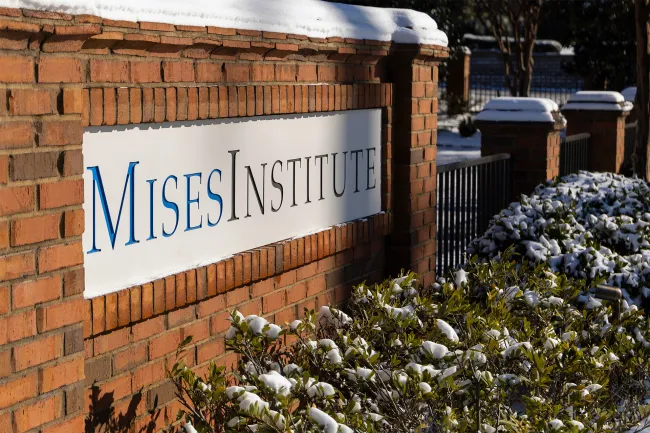According to the Treasury Department’s report on federal spending for fiscal year 2025, total spending on food stamps—also known as the Supplemental Nutrition Assistance Program (SNAP)—was $106 billion for the twelve-month period ending September 30. Even in our post-covid age of runaway monetary inflation, 106 billion dollars is still, as they say, “real money,” and SNAP spending doesn’t even include other food-subsidy programs like WIC and school lunch programs.
In spite of much talk about how the Trump administration is supposedly defunding these programs, they’re not going anywhere. For the calendar year of 2025, the US is on pace to see an increase of six to seven billion dollars over 2024’s SNAP spending total of $99.7 billion. This only continues the longer term upward trend in food-stamp spending.
Indeed, since the Great Recession (i.e., 2008), when total SNAP spending was $52 billion, total spending on the program has doubled—even when measured in inflation-adjusted dollars.
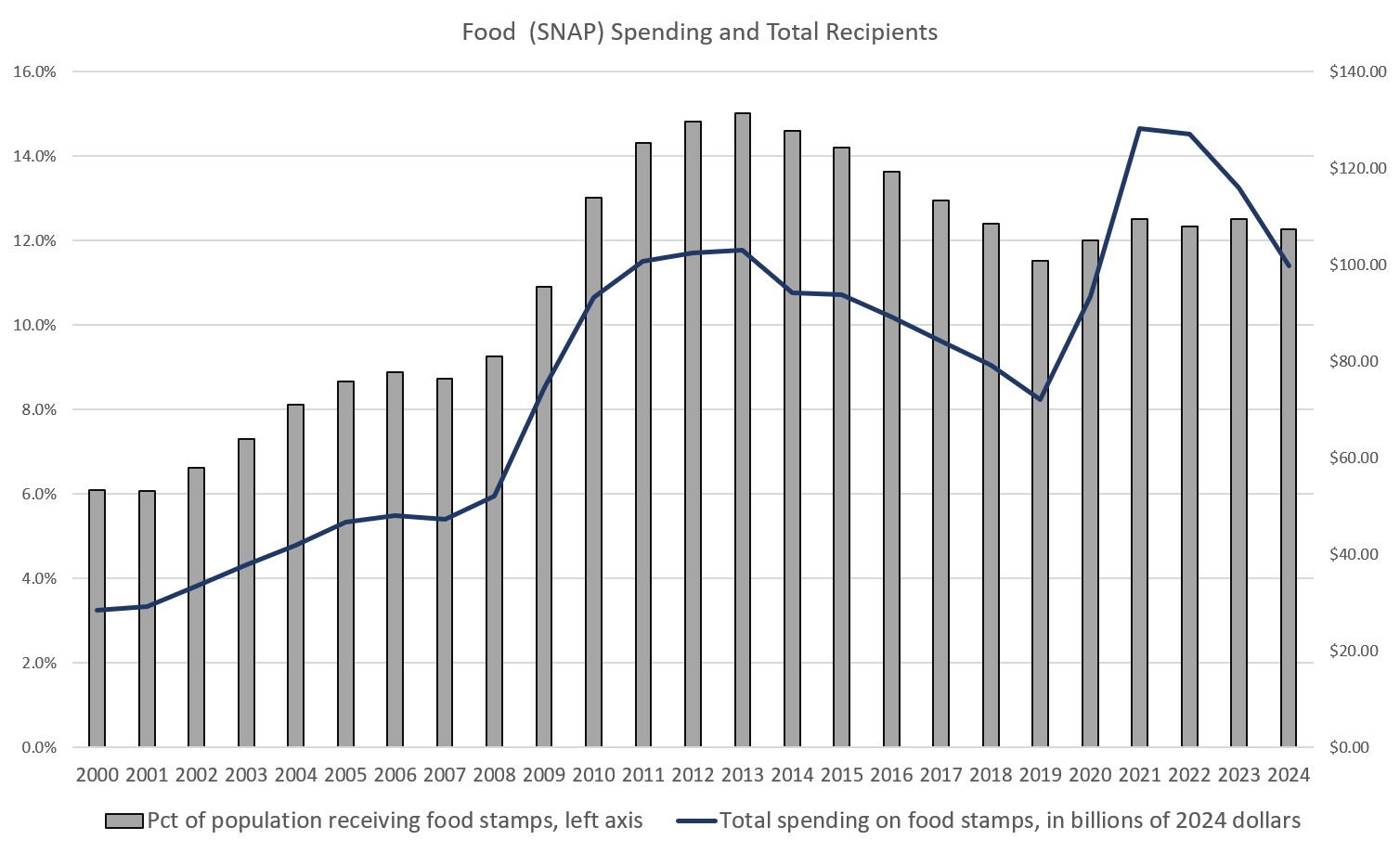
Source: USDA, SNAP Statistics.
The number of food-stamp recipients has “only” increased by 47 percent over that same period, meaning that per-capita spending for recipients has gone up. In 2008, total SNAP spending per recipient was $1,847. By 2024, overall per-recipient spending had increased by 30 percent, rising to $2,393.
The overall trend continues upward although the biggest increases occurred during the first Obama administration, during the Biden years, and under Trump’s mega-spending increases of 2020.
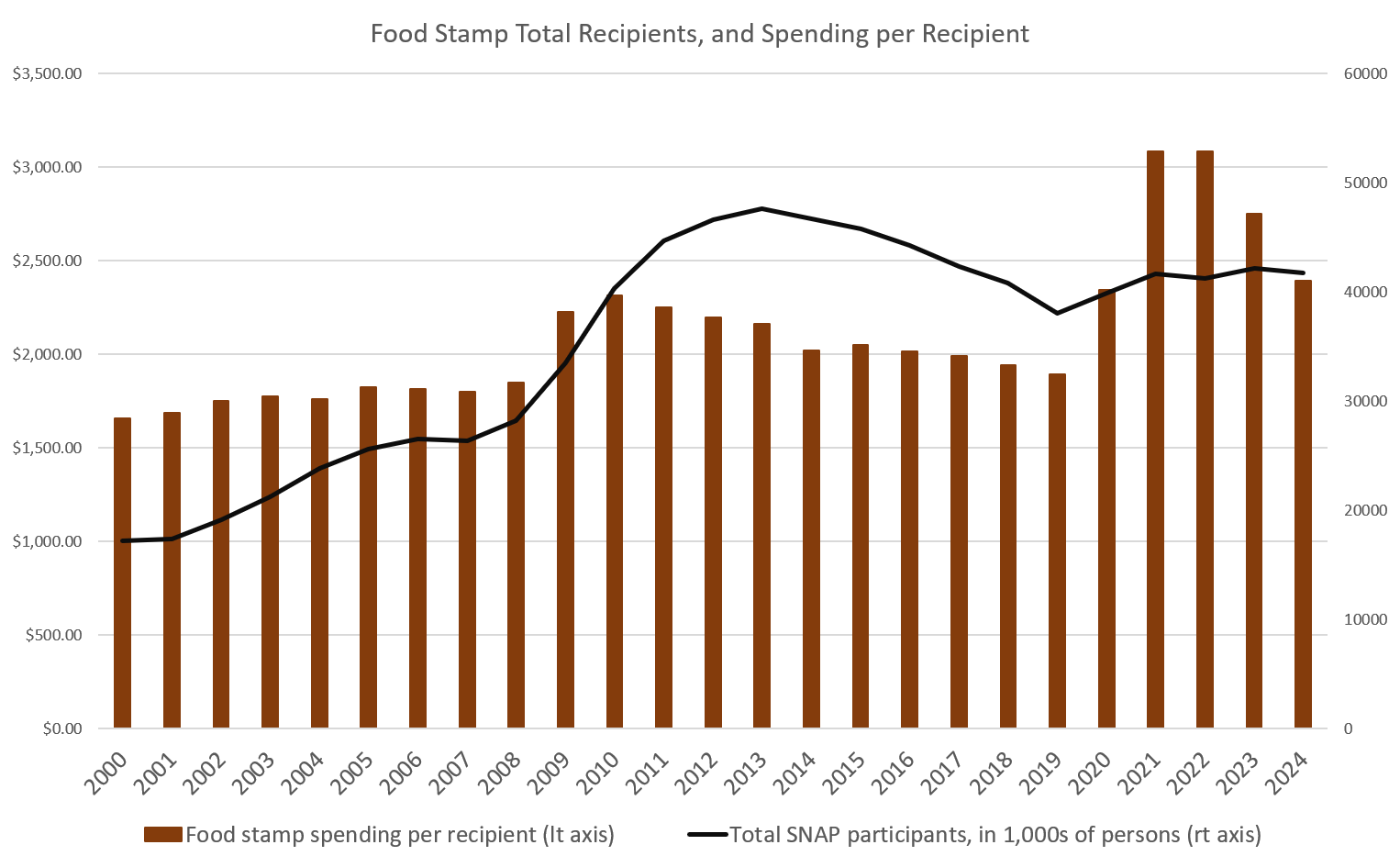
Source: USDA, SNAP Statistics.
Since 2010, the total percentage of the US population that is on food stamps has not fallen below 12 percent.
Nationwide, the total percentage of the population receiving food stamps can vary significantly by state, and region. Measured state-by-state, we find that more than one in five residents of New Mexico receive food stamps. In Utah, on the other hand, fewer than one in twenty receive food stamps.
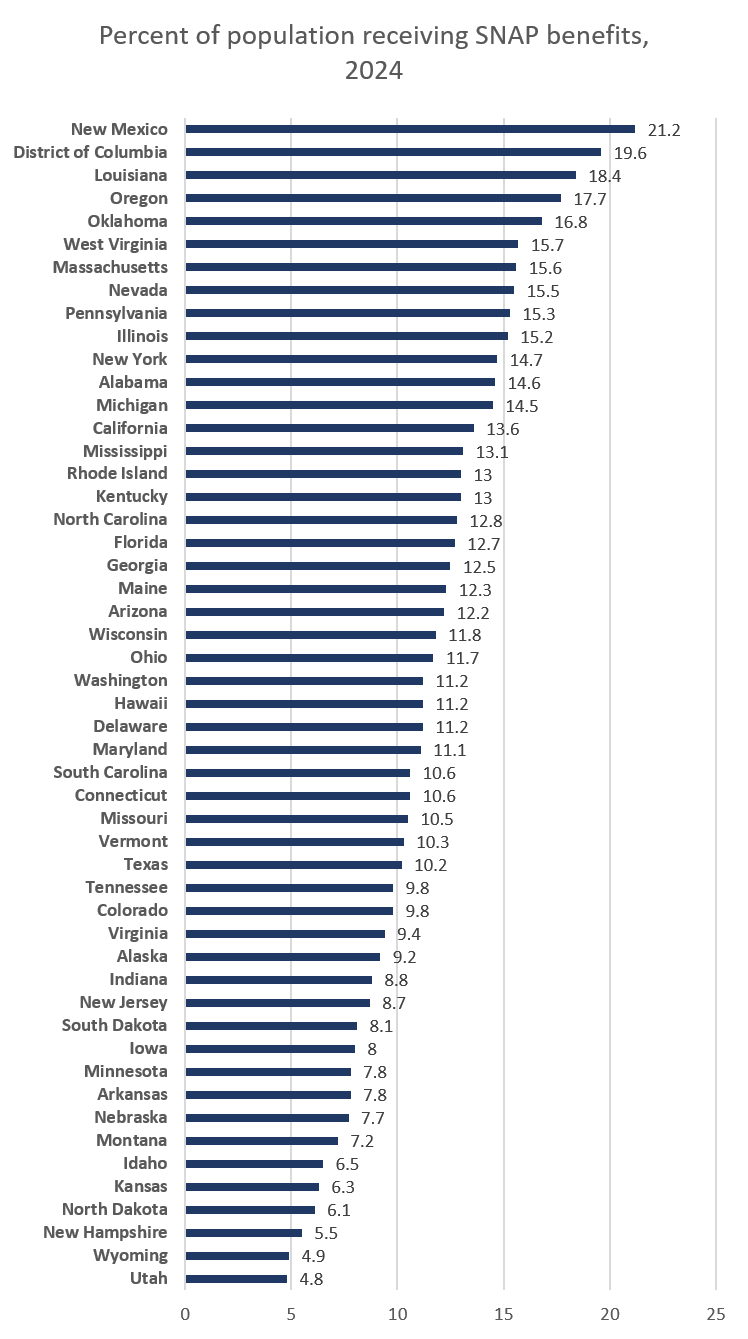
Source: USDA, SNAP Statistics.
There are sizeable differences by race and ethnicity as well. Although they comprise about 60 percent of the US population, non-Hispanic whites account for only 36.5 percent of all SNAP recipients. Blacks comprise about 26 percent of SNAP recipients although blacks are only 12 percent of the US population. Asians comprise 3.3 percent of the food-stamp recipient population. Those who self-identify as Hispanic (of any race) comprise about 20 percent of the US population and 16 percent of the SNAP recipient population. (Note: according to the Census Bureau data used here, “Hispanic” is classified as an ethnicity and not a race. Since fifty percent of Hispanics self-identify as “white,” self-identified whites actually comprise about 71 percent of the population, not 60 percent. If we include white Hispanics, then whites comprise 44 percent of SNAP recipients. (A 2021 Pew study found that 58 percent of Hispanics self-identify as white.)
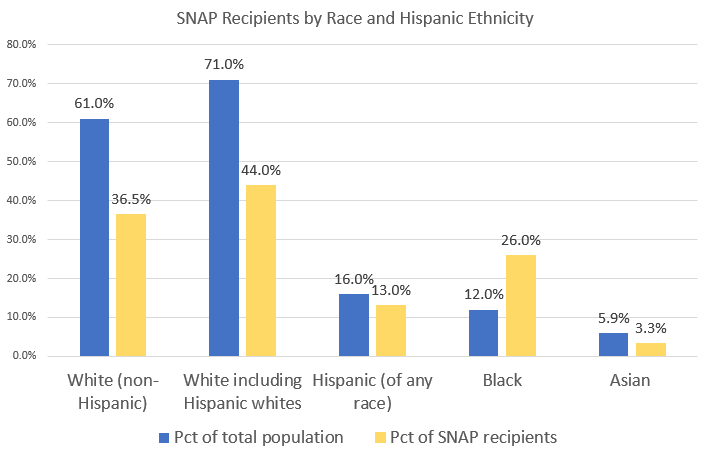
Source: “Characteristics of SNAP Households, 2019“, 2020 Census tables P3, P4, P7
Immigration status can be a factor as well. According to the Census Bureau’s Survey of Income and Program Participation (SIPP), more than a third of immigrant-headed households receive food stamps or some other form of food subsidy such as WIC. Nearly half of households headed by illegal-immigrants receive food stamps. (This data is from the 2022 SIPP report.) The percentage for native-born households, on the other hand, is 25 percent. (Note: This is a household number, so is not comparable to the total percentage of individuals in the US population who receive food stamps.)
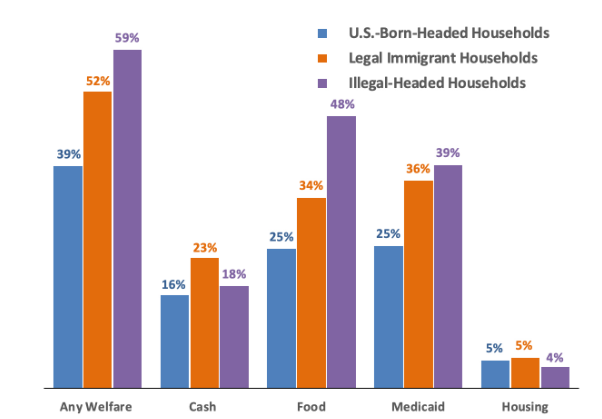
Source: CIS analysis of 2022 SIPP report data.
In any case, it is remarkable that one in 8 US residents now receive food stamps, and during a period when the “official” opinion is that the US economy is in excellent shape and in a boom period. This disconnect is due to two factors: First, it has become easier to qualify for food stamps over the past 15 years. Moreover, aggregated data about the overall economy hides the fact that economic conditions for lower income households is not nearly as good as that of higher-income groups. In many cases, thanks largely to the central bank and its monetary inflation, income and wealth have stagnated for middle- and lower- income groups while net worth and income has soared for those who own large amounts of assets and benefit from the financialized economy.

